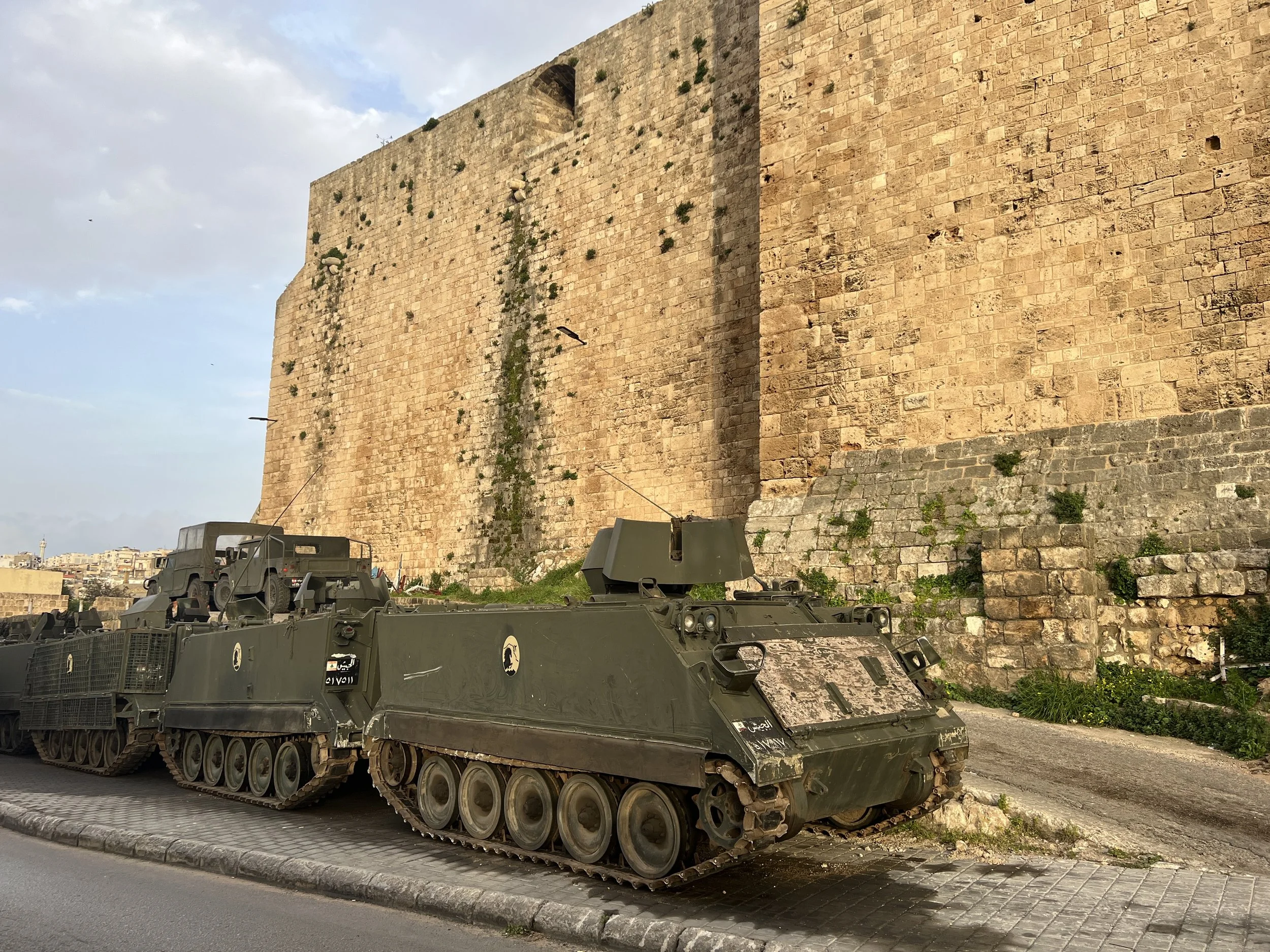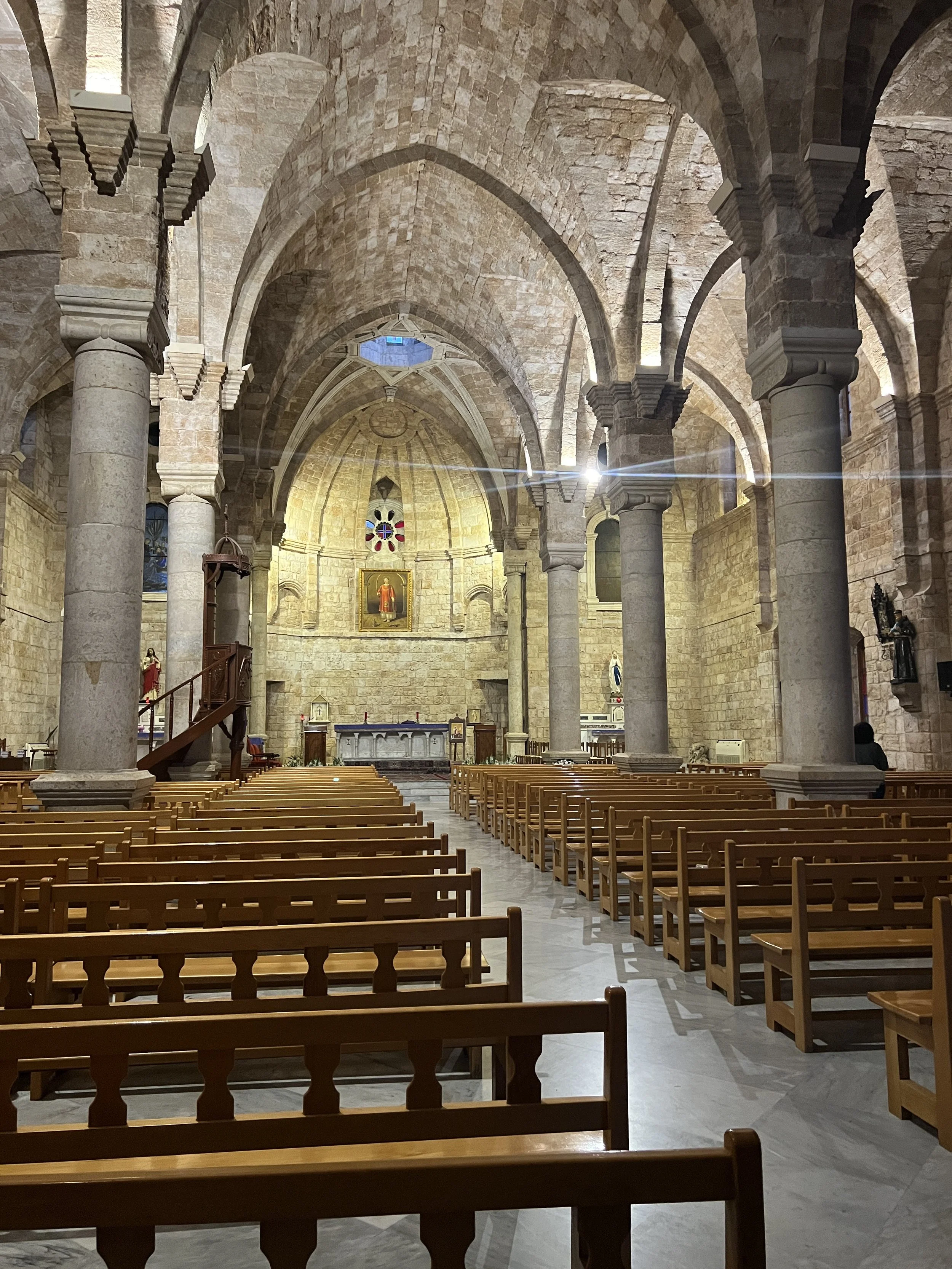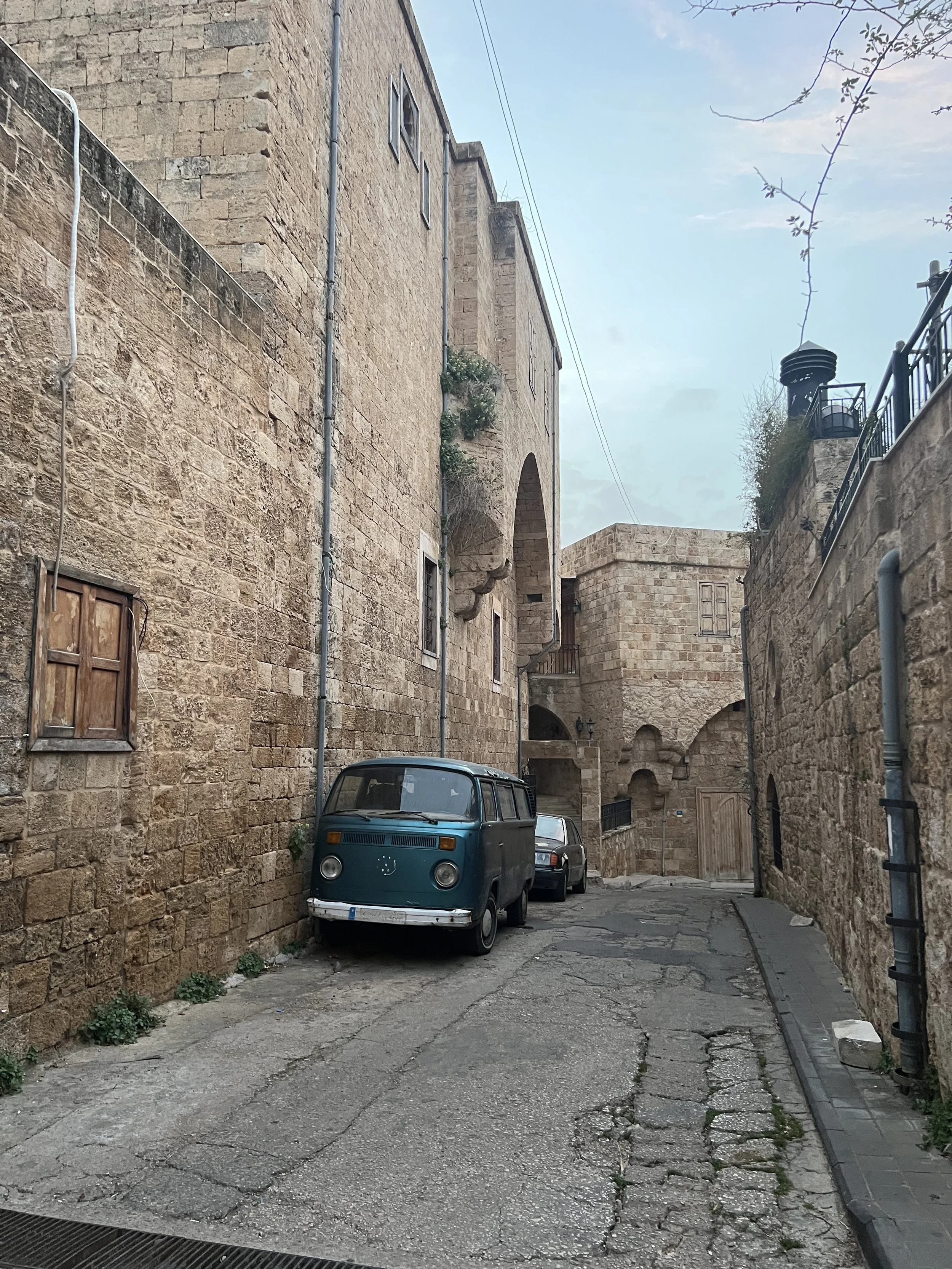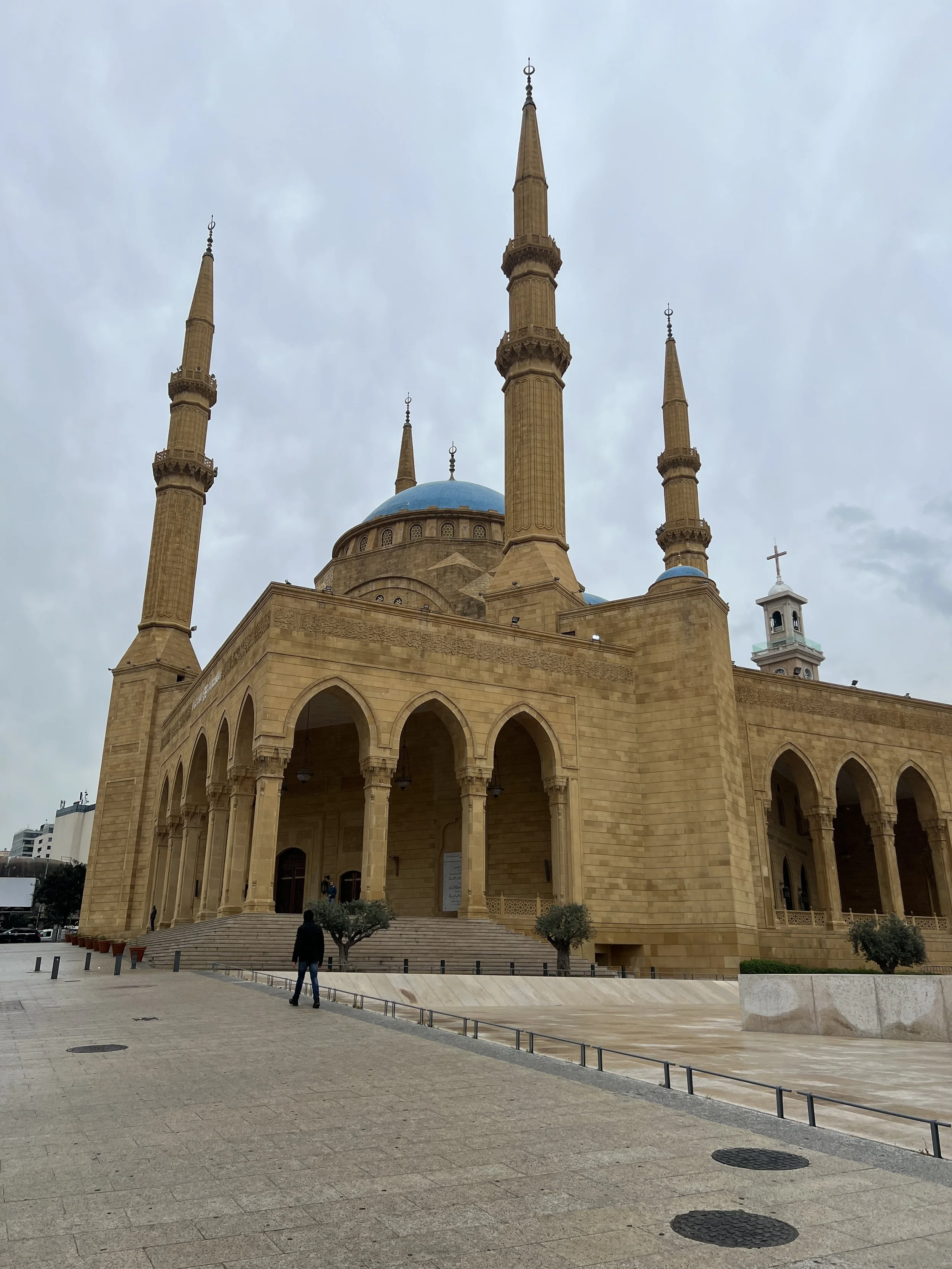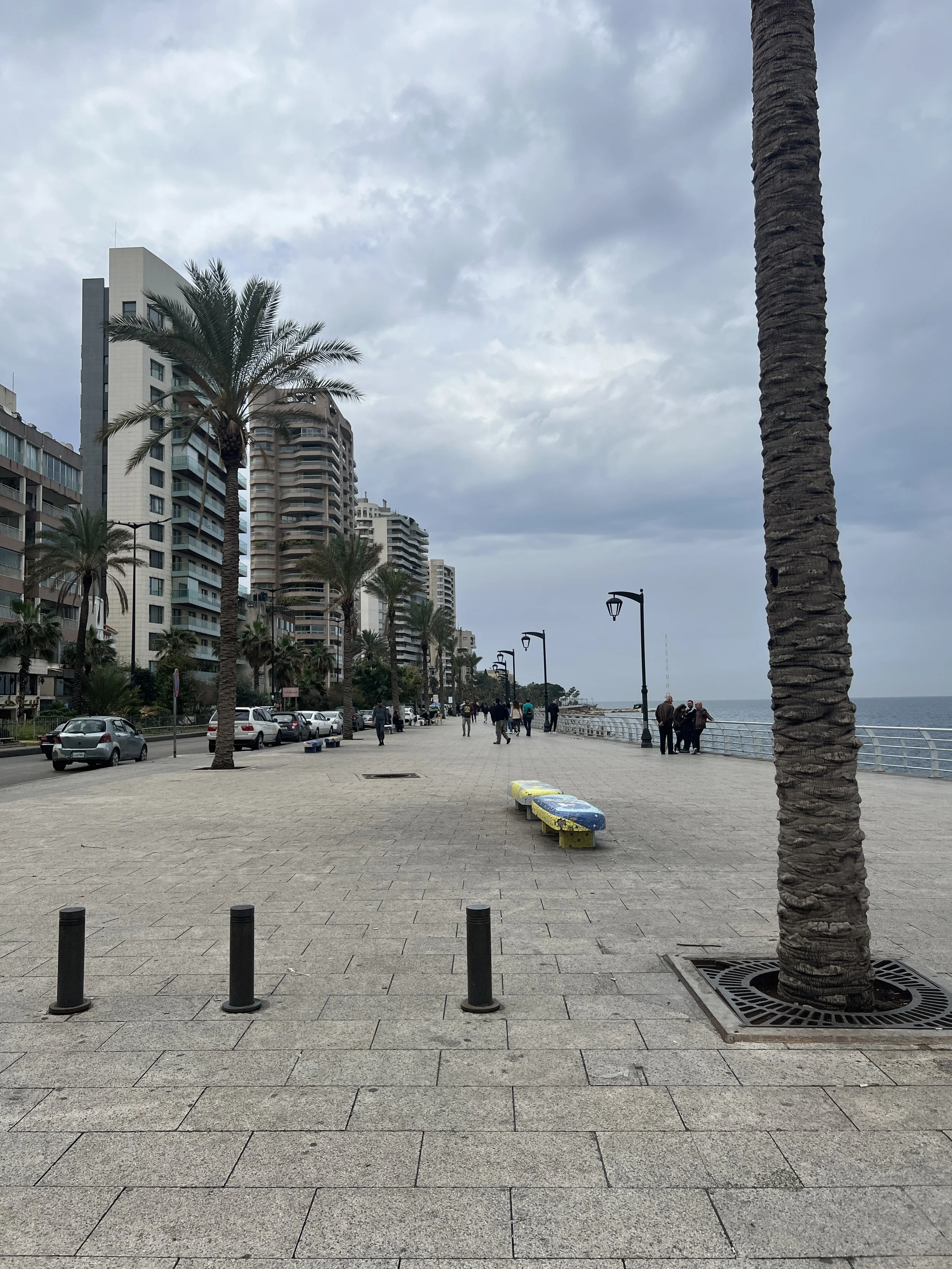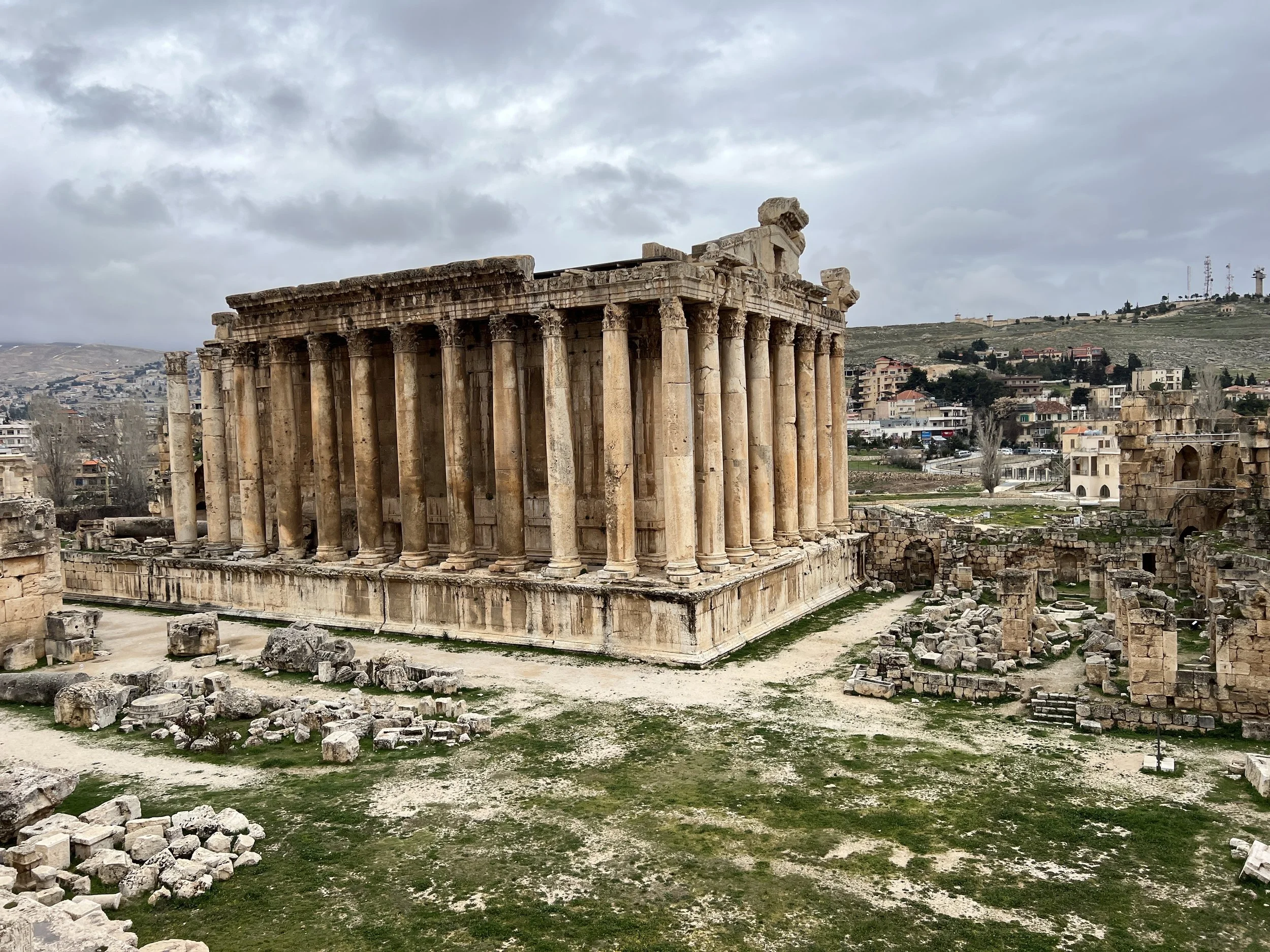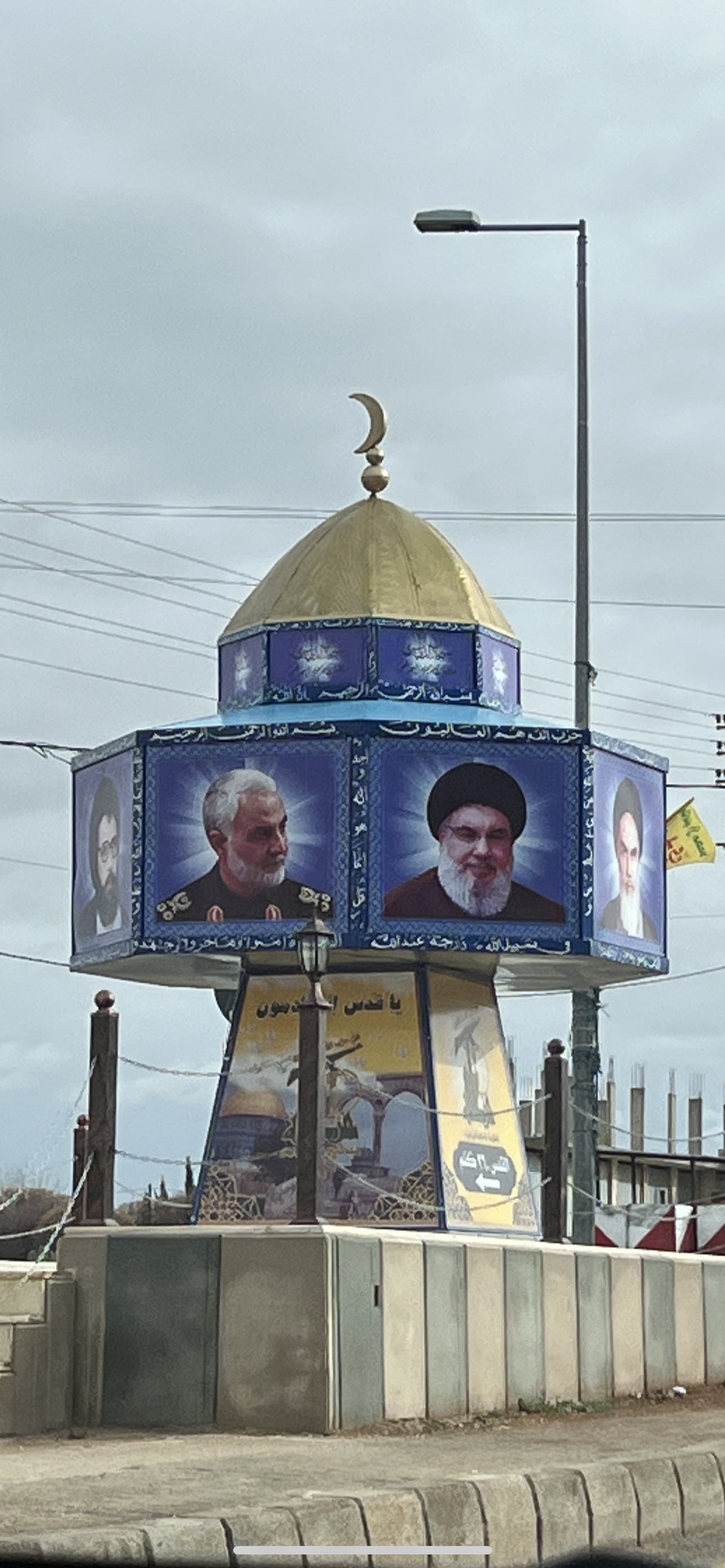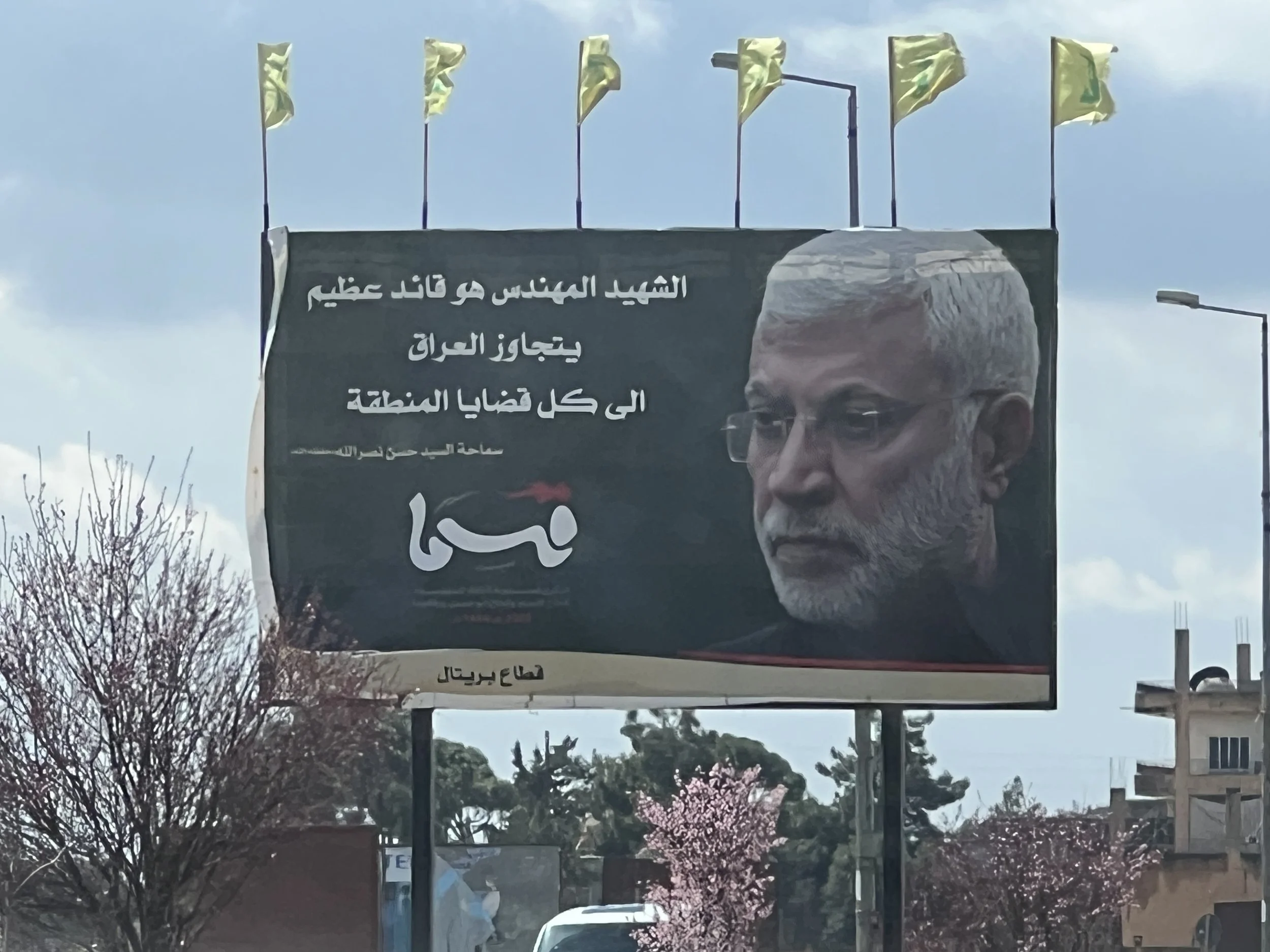Lebanon
In March, I had a long-anticipated trip to Syria. Since flights into the country are limited and often canceled, most tourists head into the country from Beirut, Lebanon. I had never been to Lebanon before, so I was excited to check out this new country.
To get to Beirut from Paraguay, I had to make a pretty long journey. My first flight left the Paraguayan capital of Asuncion at 4 am, off to Panama, where I waited until the evening for a flight to Istanbul. I had a few hours waiting in Istanbul, where I naturally enjoyed a nice cold ayran, before heading to Beirut. That final flight was a bit eventful because the engine starting mechanism wouldn’t work on the plane. That meant we had to disembark and change planes. Turkish Airlines is super efficient, though, and we were airborne and off to Beirut with barely a 90-minute delay.
Getting in:
Lebanon offers “visa on arrival” (VOA) to most Western and former USSR citizens. I put VOA in quotes because you get a standard stamp, just like you would in any visa free country. There are no forms to fill out or fees to pay. Most Arab nationalities are visa free.
The one thing I was asked was what my ethnic heritage is. Kind of strange, but this wasn’t the first time. Beyond that, no proof of hotel bookings or return flights were requested.
The Currency Issue:
For the past few years, the Lebanese lira has been in free fall. The government sets a peg for the US dollar versus the lira. Traditionally, it has been 1,500 liras for 1 dollar, but in January 2023, this changed to 15,000 lira for 1 dollar. However, the market has valued the lira at much less, meaning the unofficial rate for the lira is around 100,000 liras for 1 dollar. However, all government-connected systems honor only the official rate.
This means that if someone purchases a coffee for 150,000 liras on a US credit card, then the purchaser would pay 10 dollars once the conversion is done by the credit card company, rather than just 1.5 dollars. For this reason, cash is king in Lebanon. Foreigners should plan to bring all the cash they need for their stay in Lebanon (and Syria). If you withdraw liras at the ATM, you will receive the official exchange rate, meaning you’ll receive about 15% of the purchasing power.
Thankfully, there are many currency exchange shops around Lebanon, and you could always send US dollars to yourself via Western Union should you need more money.
You can check the current black market exchange rate via the “Lira Rate App.” Make sure that the currency exchange shop is giving you something around this price. Also, in Beirut at least, many shops and restaurants accept dollars. In fact, many prices are denominated in dollars and can be paid with lira if you choose.
Baloue Balaa Waterfall + Tripoli:
Through Facebook, I got connected to a lady named Natalia, who would join my trip to Syria. She and I also planned a trip to a waterfall and Lebanon’s second-largest city while we were in Beirut.
We hired a great driver that we found through a contact on Facebook named Wissam. He took us first to the Baloue Balaa Waterfall. This waterfall is nestled up in the mountains, so on the drive up there, the land went from green to snowy. I hadn’t seen snow in nearly a year, so it was fun to walk through the snow for a bit. This waterfall comes out of what is essentially a hole at the end of a river. Below it, there’s also a natural rock arch.
After spending some time by the waterfall, we went to the nation’s second-largest city— Tripoli. Here, Natalia and I enjoyed walking around the city trying Lebanese food like manaeesh (breads with cheese or zaatar).
We also bought some nice soap and enjoyed tea in a caravan sarai. One of Lebanon’s largest industries is tourism, but our guide explained to us that cities like Tripoli do not benefit so much from it because most tourists just stay at the hotels in Beirut and make day trips. Lebanon’s small size makes it super convenient for tourists, but this has some downsides too.
On our way back to Beirut, we stopped by the city of Batroun. They have a beautiful church and marina. I really felt like I was somewhere in Europe. But then again, we were so close to Europe.
I ended the evening by meeting a couple, Masha and Rob, I met through Facebook. They are on a mission to visit every country in the world, and with them being much farther along on the journey than I am, it was a real treat to speak with them.
Beirut:
The following morning, I met again with the couple for a self-paced walking tour around Beirut. We got to see a variety of notable buildings, including mosques, old apartments, and what was supposed to be a futuristic shopping mall before the war.
When I got back from Syria a week later, I got to do a great walk by the boardwalk of Beirut.
Baalbek:
After doing the great day trip to the waterfall and Tripoli, I decided to do another: to the Greek and Roman ruins of Baalbek.
This city is located about an hour and a half from Beirut, and I wanted to be the first one there, so we left around 6 am from Beirut. Because we made a great time, we had plenty of time in the surrounding town before the ruins opened. So, my guide Wissam took me to a shop that sells kunefe sandwiches. Kunefe is a sweet cooked cheese, and this one is put inside of pita bread. This was the perfect way to start a cold day.
After scarfing down the sandwich, we headed into the historic site. This was definitely one of the most impressive ancient cities I have ever visited: especially the central temple.
The road out of Baalbek brought us past lots of Hezbollah signs. It’s so fascinating to me that a part of the Lebanese government is designated as a terrorist organization by many countries.
Conclusion:
Overall, I really enjoyed my time in Lebanon. It’s a country of great history and diversity packed into one small nation.
Lebanon is UN Country 76/193 and TCC Region 93/330 for me.






